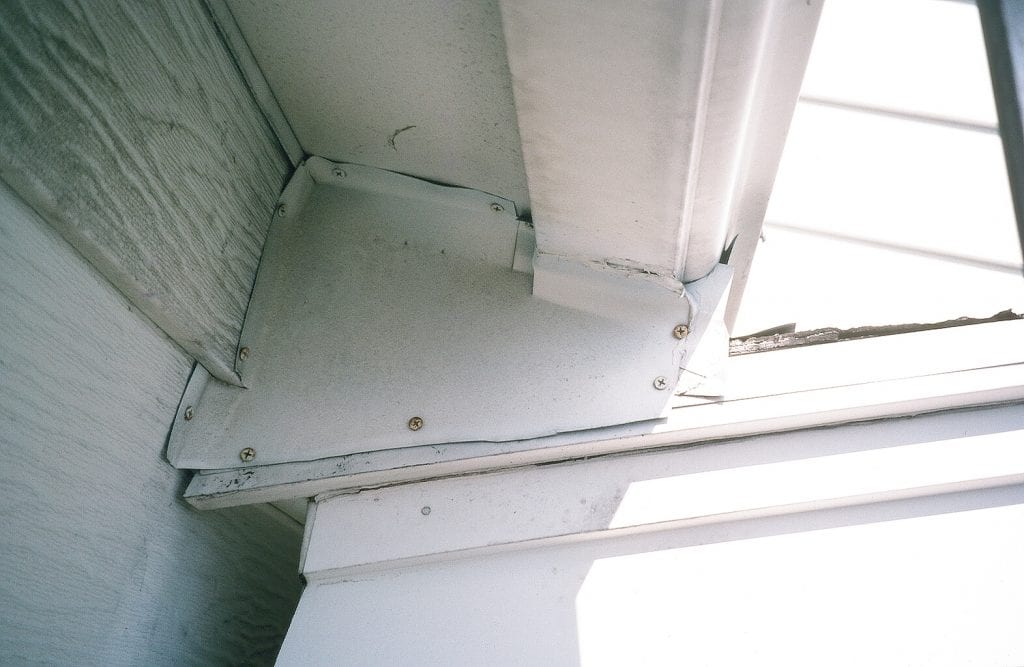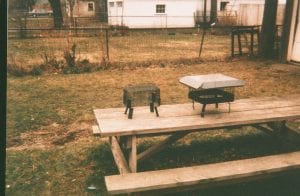
Today’s blog post is by Lynn Braband.
Winter is on the horizon (although this year, it seems like it has been here for over a month), and many animals, including tree squirrels, begin preparing for the long, cold months. In addition to their well-known behavior of caching nuts during autumn, squirrels look for protective sites for over-wintering. Often, these locations include the attics and walls of houses and other buildings. It is not unusual to have 8, 10, or more squirrels over-wintering in a building. Structural damage caused by the animals’ chewing can be significant. There is also the possibility of infestations of parasites associated with the animals, and at least the potential risk of disease transmission.

As with the management of any pest situation, prevention is preferred over seeking to rectify a well-established problem. For squirrels, this would include an inspection of the building exterior looking for potential entry sites and routes of access. August and early September are optimum times for inspecting. This is ladder work, so safety is a very important consideration. Consult ladder safety sites such as http://www.americanladderinstitute.org/?page=BasicLadderSafety.

Cage trapping is a common tactic of many homeowners and businesses in seeking to rectify a squirrel or other wild animal problem. The animals are then transported off-site. However, this is illegal in New York State, and many other places, without a state-issued permit. Visit https://ecommons.cornell.edu/handle/1813/56093 for a synopsis of the legal framework for dealing with nuisance wildlife.
Individuals who operate under such a permit are referred to as Nuisance Wildlife Control Operators or, simply, Wildlife Control Operators. These individuals have passed a comprehensive exam on solving wildlife problems and have the experience and equipment to address nuisance wildlife and wildlife damage situations. For names of permit holders, contact your regional office of the New York State Department of Environmental Conservation https://www.dec.ny.gov/animals/7005.html. Another source is the NYS Wildlife Management Association, the state trade group for wildlife control operators https://www.nyswma.org/find-a-nwco.html.
